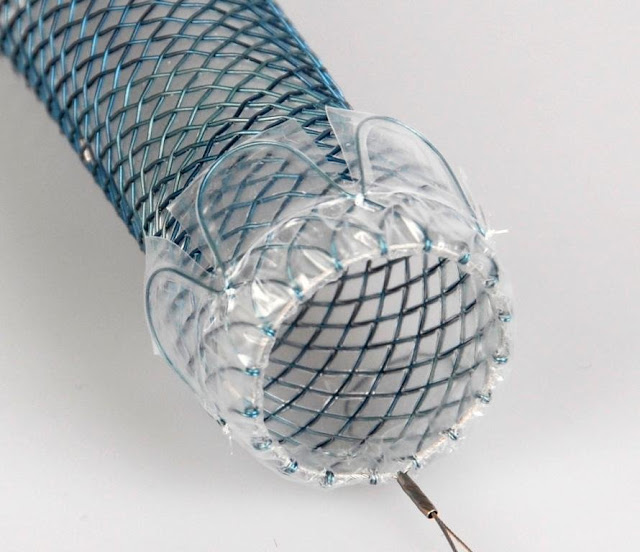The Impact of Cross-Sectional Morphology on the Compressive Resistance of Polymeric Nerve Conduits
Peripheral
nerve recovery is a confounded and long term restorative test that requires
reasonable aides for bridging nerve damage holes and re-establishing nerve
capacities. Numerous common and manufactured polymers
have been utilized to create nerve courses and in addition luminal fillers for
accomplishing wanted nerve regenerative capacities. It is critical to
comprehend the natural properties of these polymers and systems that have been
utilized for manufacturing nerve channels. The accentuation depends on the
structures, warm and mechanical properties of these normally inferred
manufactured polymers, and their creation strategies. These angles are basic for
the execution of manufactured nerve channels. By gaining from the current
applicants, the propelled procedures for planning novel polymeric frameworks
with better properties for nerve recovery. Fringe nerve damage is a genuine
medical issue that influences 2.8% of injury patients yearly. These cases can
conceivably prompt long lasting inabilities albeit fringe nerves show the limit
of self-recovery for less extreme damage. End-to-end suturing is one successful
strategy for short nerve holes though tubular structures are essential for
spanning longer holes. Autologous nerve joins are considered as "highest
quality level" for spanning long holes, however they experience the ill
effects of restricted tissue accessibility, benefactor site dismalness, and
potential confound of tissue structure and size.
By
changing the hollow nerve tubes to accomplish improved execution, luminal
fillers have been utilized as an auxiliary segment. The inner filler substances
can give more surface territory and have possibilities to join cells and
development factors. Different factors, for example, arrangement, mechanical
properties, and the penetrability of nerve courses may impact the association
of within filler. Fillers may likewise influence the physical properties of the
entire tube and lessen the cross-sectional zone for development of regenerative
nerves. Thusly modern outline of the filler frame ought to be performed by
taking thought of these variables to accomplish ideal upgrade in light of the
empty tubes. Regular polymers, for example, agarose, collagen,
laminin, and fibrin, are frequently utilized as luminal fillers as
arrangements, hydrogels, fibers, and permeable wipes as stages for joining
cells, development factors, and medications. Their delicate attributes and
biocompatibility can help regenerative direction for the reproduction of nerve
holes .The common and manufactured polymeric materials and creation strategies
to deliver tubular structures and luminal fillers for guided nerve recovery and
repair. The significance of material properties, for example, concoction
structure, warm, and mechanical properties have been examined to connect with
their execution. Understanding the outline methodologies for creating novel
tubular materials and luminal fillers is essential to additionally enhance the
organic execution and regenerative elements of nerve direction conductors.
Nerve cell-material associations are additionally critical in looking at the
reasonableness of a polymer possibility for nerve repair and recovery.
Mark Klinger
Program Manager | Polymer Catalysis 2018
Kemp House, 152 City Road
London EC1V 2NX
United Kingdom
Email: polymercatalysis@chemistryconference.org
Tel: +1-650-268-9744




Comments
Post a Comment